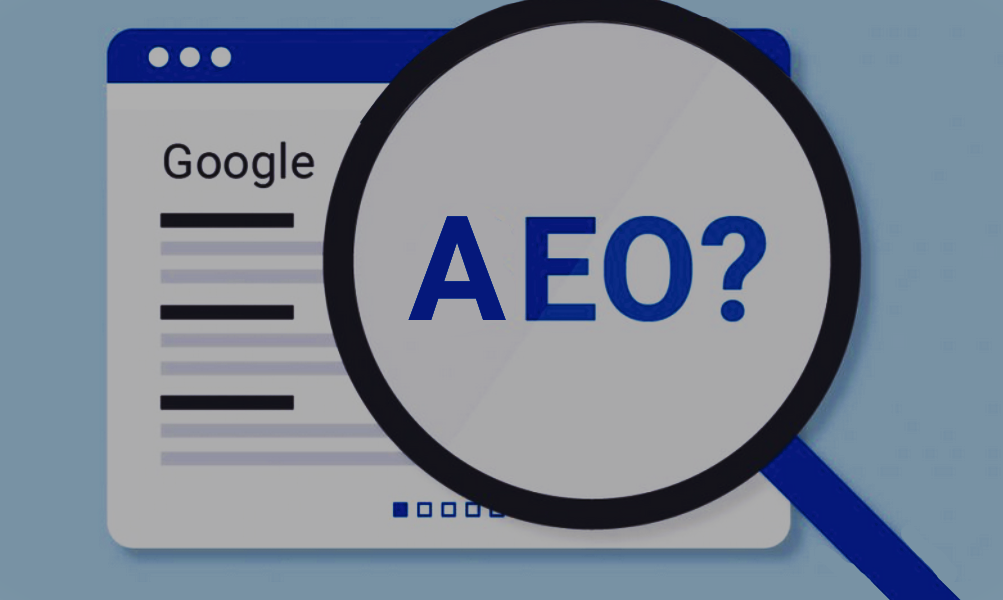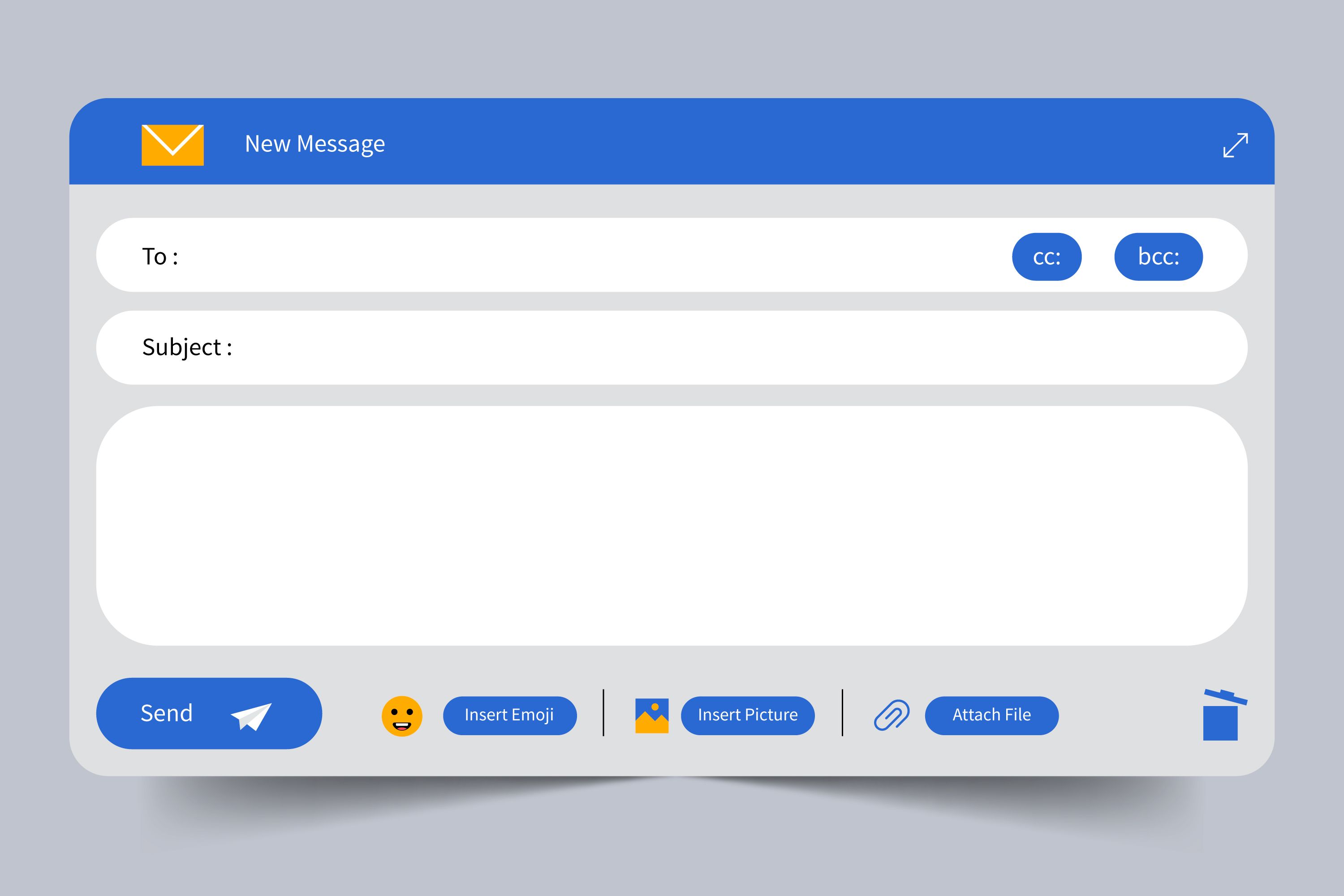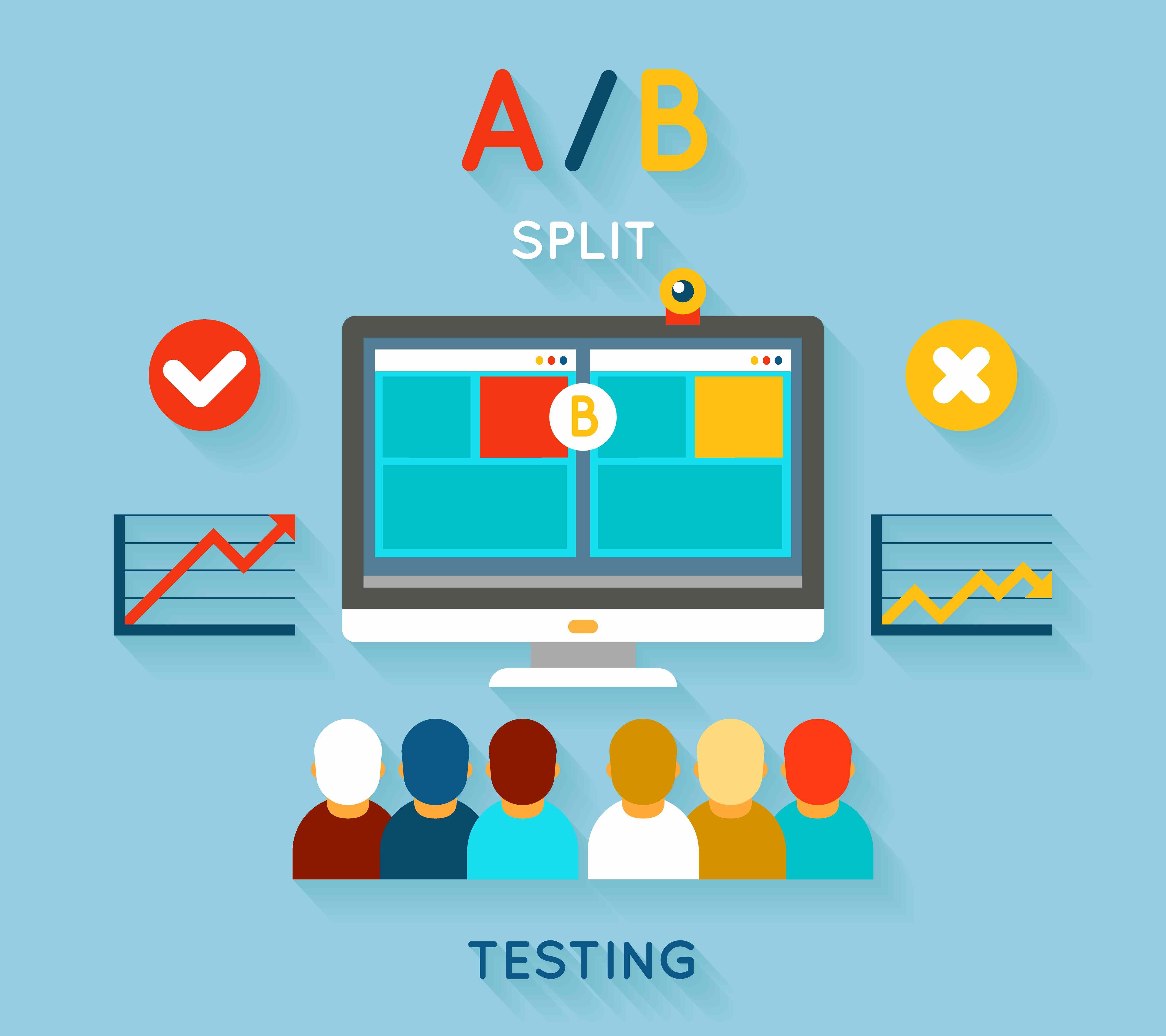Written by M-Ahmed
Wednesday, July 10, 2024 at 7:00 PM
Embarking on a journey to become a backend developer involves understanding a variety of programming languages, frameworks, and tools. This roadmap will guide you through the essential components, languages, and resources you need to become proficient in backend development.
1. Understanding Backend Development
Backend development refers to the server-side of an application and everything that communicates between the database and the browser. Key responsibilities include:
- Database management
- Server, network, and hosting environment
- Application logic
- API integration
2. Essential Programming Languages
2.1 JavaScript (Node.js)
Benefits:
- Unified language for both frontend and backend
- Large ecosystem and community support
- Non-blocking I/O and asynchronous programming
Ideal Use Cases:
- Real-time applications (e.g., chat applications)
- RESTful APIs
- Single-page applications (SPAs)
Resources:
- Node.js Documentation
- FreeCodeCamp Node.js Guide
Project Examples:
- Real-time chat app using Socket.io
- REST API for a task management system
2.2 Python
Benefits:
- Simple syntax and readability
- Extensive libraries and frameworks (e.g., Django, Flask)
- Great for data analysis and machine learning integration
Ideal Use Cases:
- Web applications with Django or Flask
- Data-driven applications
- Machine learning and AI applications
Resources:
Project Examples:
- Blog application using Django
- RESTful API with Flask and SQLAlchemy
2.3 Java
Benefits:
- Platform independence (Write Once, Run Anywhere)
- Strong performance and scalability
- Robust security features
Ideal Use Cases:
- Enterprise-level applications
- Large-scale web applications
- Android app backends
Resources:
Project Examples:
- E-commerce platform
- Spring Boot microservices
2.4 Ruby
Benefits:
- Elegant syntax
- Convention over configuration
- Strong community and libraries (e.g., Rails)
Ideal Use Cases:
- Rapid application development
- Prototyping
- Content management systems (CMS)
Resources:
- Ruby on Rails Guides
- Codecademy Ruby
Project Examples:
- Social media platform
- Online marketplace
2.5 PHP
Benefits:
- Wide usage and community support
- Easy integration with HTML
- Cost-effective hosting options
Ideal Use Cases:
- Content-heavy websites (e.g., WordPress)
- E-commerce platforms (e.g., Magento)
- Small to medium-sized web applications
Resources:
Project Examples:
- Content management system
- Online store
2.6 Go (Golang)
Benefits:
- High performance and concurrency
- Simple and efficient syntax
- Excellent for microservices
Ideal Use Cases:
- High-performance applications
- Cloud-native development
- Microservices architecture
Resources:
Project Examples:
- Real-time analytics system
- RESTful API with Go and Gin
3. Databases
Understanding databases is crucial for backend development. Here are some popular databases:
- SQL Databases: MySQL, PostgreSQL, SQLite
- NoSQL Databases: MongoDB, CouchDB, Firebase
Resources:
Project Examples:
- Library management system using MySQL
- Social media app with MongoDB
4. Frameworks and Libraries
JavaScript
- Express.js: Minimal and flexible Node.js web application framework.
- NestJS: Progressive Node.js framework for building efficient and scalable server-side applications.
Python
- Django: High-level Python web framework that encourages rapid development.
- Flask: Lightweight WSGI web application framework.
Java
- Spring Boot: Framework for creating stand-alone, production-grade Spring-based applications.
Ruby
- Ruby on Rails: Server-side web application framework written in Ruby.
PHP
- Laravel: PHP framework for web artisans.
Go
- Gin: HTTP web framework written in Go.
5. APIs and Microservices
Understanding how to build and consume APIs is essential. Learn about RESTful services and GraphQL.
Resources:
Project Examples:
- RESTful API for an e-commerce site
- GraphQL API for a blogging platform
6. Authentication and Security
Learn about various authentication methods (e.g., JWT, OAuth) and security best practices.
Resources:
Project Examples:
- User authentication system with JWT
- OAuth integration for social media login
7. Deployment and DevOps
Understanding how to deploy your applications is crucial. Learn about containerization (Docker), CI/CD, and cloud services (AWS, Azure, GCP).
Resources:
Project Examples:
- Dockerize a web application
- Deploy a microservices architecture on AWS
8. Monitoring and Performance
Learn about monitoring tools and performance optimization techniques.
Resources:
Project Examples:
- Implement monitoring for a web application
- Performance optimization for a high-traffic site
Conclusion
Becoming a proficient backend developer requires mastering various programming languages, frameworks, and tools. By following this roadmap, you'll be well-equipped to handle the challenges of backend development. Remember to keep learning and building projects to hone your skills.






